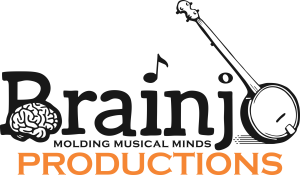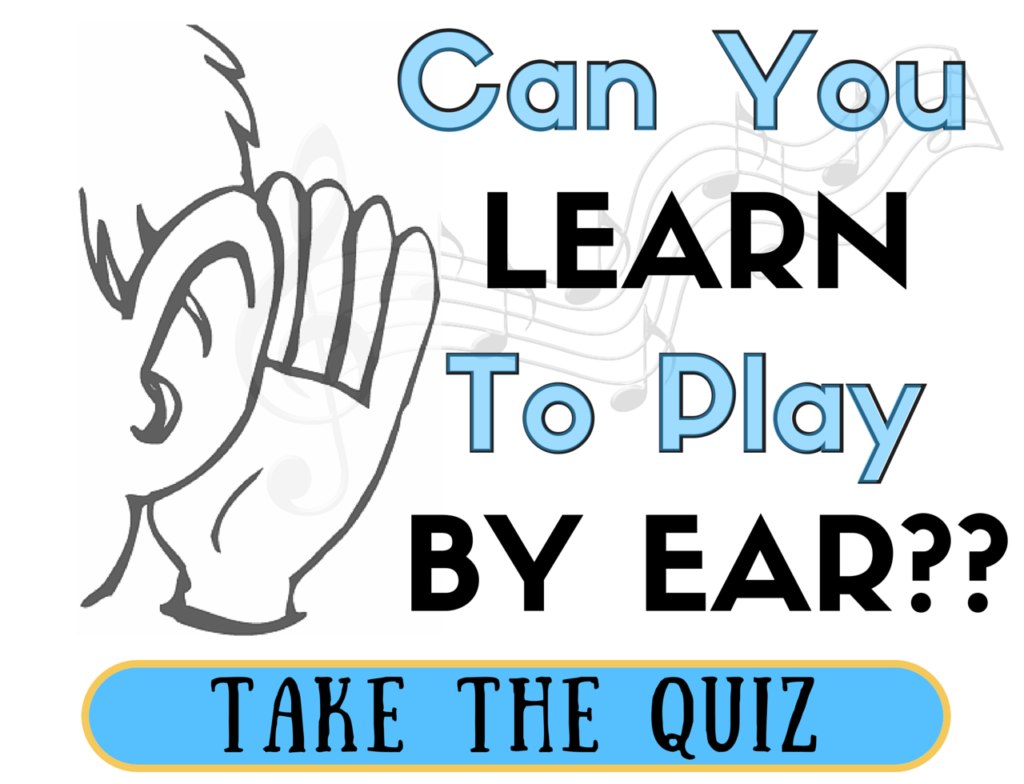
by Josh Turknett, MD
About the Laws of Brainjo Series
Written in partnership with the Banjo Hangout, the “Immutable Laws of Brainjo” is a monthly series on how to apply the science of learning and neuroplasticity to practice banjo more effectively – these are also the principles that serve as the foundation for the Brainjo Method for music instruction.
(RELATED: The Brainjo Method forms the basis for the Breakthrough Banjo course. Click here to learn more about the course.)
Knowing What You Don’t Know
Some of the things about learning to play the banjo are obvious.
You must know which strings to pluck, for example. Or where to place your fingers on the frets.
Other things are not so obvious.
Not surprisingly, those not-so-obvious things are oftentimes overlooked, creating hidden barriers to progress that may seem impenetrable.
Because to learn anything well, we actually first must know what it is we need to learn. Put another way, we must know what we don’t know to understand what we still have left to learn.
It’s the things we don’t know that we don’t know that often present hidden barriers to progress. In fact, one of the primary benefits of a teacher or a system of instruction is to alert you of the things you don’t know you don’t know (dizzy yet?!).
In this installment of the Laws of Brainjo, we’ll be covering one of those hidden barriers – arguably one of the single most important skills a musician needs, yet one that many never practice.

9 Ways to Practice Smarter – free book and video
The “9 Ways to Practice Smarter” is a collection of 9 essential ways to get more out of your banjo practice. Click the button below to download the book, along with access to the full video.
Magic Secrets Revealed
In prior episodes, I’ve talked about one of the seemingly magical things that a seasoned fiddle or banjo player can do, which is to conjure up an apparently endless stream of tunes to play on their instrument.
And there are really two fundamental skills required to perform such feats of musical wizardry.
One is musical fluency, a concept we’ve addressed several times in prior episodes. Here, musical fluency is defined as the ability to take imagined sounds in the mind and map them onto movements of the limbs so those sounds come out of our instrument.
Developing the neurobiological apparatus that allows us to accomplish such a thing takes many hours of specific, focused, practice. And most deliberate practice time is spent in pursuit of this goal.
Yet, the other oftentimes underappreciated, or neglected, skill is the ability to remember how a tune goes.
This may sound obvious, even trivial, which perhaps is why it’s rarely, if ever, touched on in teaching materials.
For some, especially those who’ve spent a considerable amount of time singing, it’s a skill that may already be reasonably well developed by the time they pluck their first banjo string. In this case, it usually won’t present a significant barrier in their learning progression.
Others, however, may come to the banjo without a particularly well developed musical memory. And if that’s the case, you may well find yourself smack up against a wall you can’t figure out how to get through.
Either way, it’s something few spend time practicing, in spite of its critical importance. Those who already have a good musical memory don’t practice it because they have no pressing need to, and those who don’t already have a good musical memory don’t practice it because they don’t realize they need to!
How do you know, then, if this is something you should be spending some time developing? Here are some of the “symptoms” of an undeveloped musical memory:
- You find it hard to “memorize” tunes when learning them
- You struggle to remember how to play tunes you’ve learned previously
- You don’t find it easy to sing songs from memory
- You like to keep tabs or other written notation around so you can “remember” how a tune goes
In previous installments, we’ve covered the use of tab in the learning process. Used wisely, it can be a helpful tool. Used carelessly, it can become an obstruction, and this is certainly an instance where that can be the case.
Furthermore, we’ve covered strategies for the wise use of tab, including the importance of playing a tune without the tab as soon as possible.
(RELATED: For more on how to learn wisely from tab, click here to review the 7 Step Tune Learnin’ Process.)
But, equally important is to not rely on tab or written notation to remember a tune you haven’t played in a while. And one reason why you may find yourself having to do such a thing is an underdeveloped musical memory.
How To Develop Your Musical Memory
So, if you recognize any of the aforementioned symptoms, here is a suggested remedy.
This strategy has the added benefit of not only improving your musical memory, but simultaneously building those sound-to-motor mappings that support musical fluency.
Two birds, one stone.
In fact, even those of you who haven’t experienced the aforementioned symptoms will likely find the following exercise a valuable one:
STEP 1 – Create an audio playlist of tunes you know how to play.
STEP 2 – Every time you learn a new tune, make a recording of yourself playing through it, and add the track to your playlist.
STEP 3 – Periodically quiz yourself on your playlist – look at the tune title, and then try to recall how it goes from memory.
This is something you can do quickly, multiple times per day even if you wish. And, it will double as a handy record of your growing banjo repertoire.
You can also take this a step further:
STEP 4 – Play the tune from your playlist, and as you do, visualize yourself playing it.
As covered in a prior episode, this sort of visualizing is an incredibly useful way of building and solidifying those sound-to-motor mappings that are essential for being able to play by ear and conquer tab dependency.
Another less banjo-specific way of developing your musical memory is to simply maintain a playlist of your favorite songs, whatever genre they may be.
Then, periodically quiz yourself. Look at the track title, and before playing it out loud, see if you can hum or sing it to yourself (this is also a great thing to do with tunes you WANT to learn on the banjo but haven’t yet).
To learn more about the Breakthrough Banjo courses for clawhammer and fingerstyle banjo, click the relevant link below:
— Breakthrough Banjo for CLAWHAMMER Banjo —
— Breakthrough Banjo for FINGERSTYLE Banjo —
— The Laws of Brainjo Table of Contents —
View the Brainjo Course Catalog

